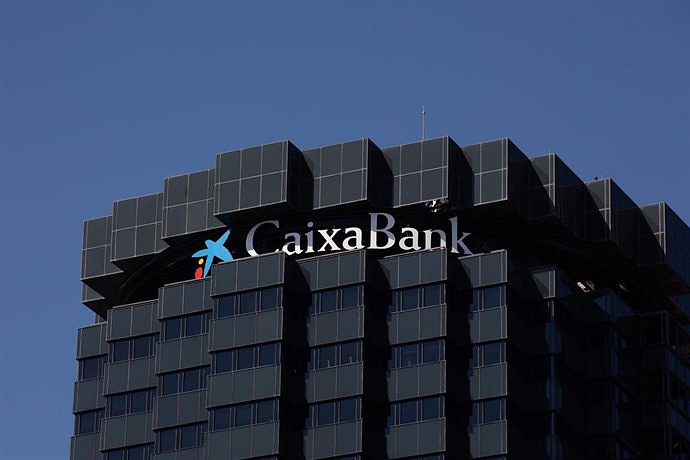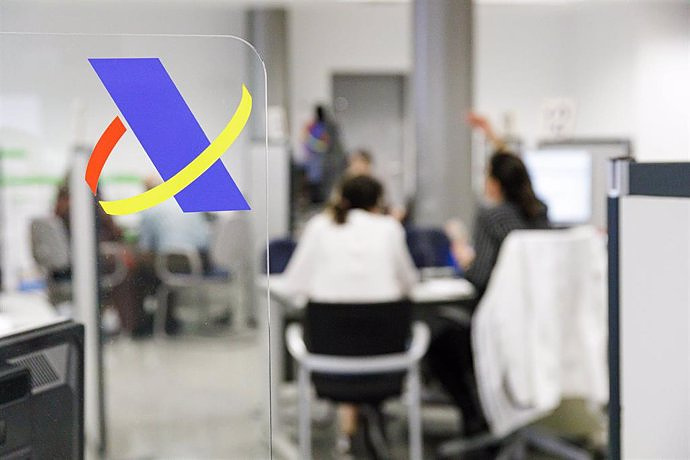15. January 2019BTC$3.612,24 -1.43% Facebook Twitter LinkedIn xing mail
The Miner, it is currently not easy. Reports of economic difficulties, in particular, of the larger Mining Pools, are piling up. In the Wake of the ongoing bear market, the Pools see themselves faced with falling sales; Coinbase Rewards often have to be immediately liquidated, since the Pools will be able to cover the cost of electricity for the operation of the farms otherwise. In short: Bitcoin Mining is becoming unprofitable.
some of the summons spiral due to the Death Spiral of the death. It establishes the Thesis of the imminent wasting away of the crypto-currency no 1 with a self-potential ends of the negative spiral, in which the Difficulty Adjustment is delayed in time responsive to such a sharp decline in the Hash Rate (the Difficulty adjusts itself every 2016 blocks, roughly every two weeks), that the Miner decide on your business entirely.
The Hash Rate is a dynamic construct and that is a good thingin fact, it is observed that the accumulated Hash Rate in the Bitcoin network, according to the all-time high in September 2018 (61,9 Terahashes per second) decreases. Currently, the Rate is 43.6 Terahashes per second.
development of the Hash Rate in the Bitcoin network since January of 2018.at the same time to recognize in the graph, but also vividly, that the Hash Rate in the network is at about 31 TH/S at the beginning of January, 2019 "gebounct". Since then, the Trend is pointing upward again.
Read also: Intel: Green light for Bitcoin Mining-Patent
we all collectively so to breathe? The Bitcoin "death spiral" was just another case of FUD?
Miner, but not on the floorThe short answer is: Yes. Why is the dynamic interplay of On - and-Off of the ASICs is always on the border to profitability – even healthy for BTC, explains to us Diar in its latest edition.
According to the report, the absolute Numbers speak an obscure language. Because although the industry as a whole was able to achieve in 2018, a total turnover of 5.8 billion U.S. dollars, sales of US $ 1.2 billion in January of 2018, a mere 210 million US dollars in December. This corresponds to a drop of 83 percent over the last year. This confirms the General market trend in the Mining industry: growing economic difficulties.
a spiral So it's the death, one wonders. No. Because, as Diar highlights, opens the Back of the devices, the large Pools of smaller market participants. Instead of a concentration of Hash Power on the Pools of the bear market leads rather to a progressive diversification of the Bitcoin Hash Power.
expressed In Figures, such As Diar writes, like at the beginning of the year to 2018, 53 percent of the Hash Rate on the Bitmain and ViaBTC-run Mining Pools. Since the beginning of this year, the two Pools can combine only 39 percent of the Hash Power – a clear sign for more decentralization of the network.
Read also: EOS: Block producers are struggling with falling ratesdistribution of the Bitcoin Hash Rate on the various Mining Pools in percent.
The example of BTC.com this development is particularly visible. During the Mining Pool could unite to the maximum times in April 2018, about 27 percent of the Hash Rate on it at the time, only about 17 percent. This unknown Miner were able to double their share within a year of 2.7 percent to the current 7.7 percent almost. Overall, a decrease is shown at the end of the centralization of Bitcoin mining.
The crypto-currency no 1 seems to be – of course apart from the vagaries of once-a – healthier than ever.

 Exploring Cardano: Inner Workings and Advantages of this Cryptocurrency
Exploring Cardano: Inner Workings and Advantages of this Cryptocurrency Seville.- Economy.- Innova.- STSA inaugurates its new painting and sealing hangar in San Pablo, for 18 million
Seville.- Economy.- Innova.- STSA inaugurates its new painting and sealing hangar in San Pablo, for 18 million Innova.- More than 300 volunteers join the Andalucía Compromiso Digital network in one month to facilitate access to ICT
Innova.- More than 300 volunteers join the Andalucía Compromiso Digital network in one month to facilitate access to ICT Innova.-AMP.- Ayesa acquires 51% of Sadiel, which will create new technological engineering products and expand markets
Innova.-AMP.- Ayesa acquires 51% of Sadiel, which will create new technological engineering products and expand markets The AP calls the US veto to recognize Palestine as a full member of the UN "immoral"
The AP calls the US veto to recognize Palestine as a full member of the UN "immoral" The IAEA affirms that there is "no damage" to Iran's nuclear facilities after the attack attributed to Israel
The IAEA affirms that there is "no damage" to Iran's nuclear facilities after the attack attributed to Israel The Ibex 35 falls 0.8% at the opening and loses 10,700 points due to tensions in the Middle East
The Ibex 35 falls 0.8% at the opening and loses 10,700 points due to tensions in the Middle East Brent oil threatens to exceed $90 per barrel due to tensions in the Middle East
Brent oil threatens to exceed $90 per barrel due to tensions in the Middle East How Blockchain in being used to shape the future
How Blockchain in being used to shape the future Not just BTC and ETH: Here Are Some More Interesting Coins Worth Focusing on
Not just BTC and ETH: Here Are Some More Interesting Coins Worth Focusing on LIFE SPOT manages to develop new green treatments that eliminate groundwater contamination
LIFE SPOT manages to develop new green treatments that eliminate groundwater contamination València Game City is born to promote the video game industry and position this city as a leader in the sector
València Game City is born to promote the video game industry and position this city as a leader in the sector A team of UPV and iPRONICS manufactures the first programmable and multifunctional photonic chip on the market
A team of UPV and iPRONICS manufactures the first programmable and multifunctional photonic chip on the market 'Science and Reeds' returns with talks about "the mystery of the lost socks" or the vinegar fly
'Science and Reeds' returns with talks about "the mystery of the lost socks" or the vinegar fly A million people demonstrate in France against Macron's pension reform
A million people demonstrate in France against Macron's pension reform Russia launches several missiles against "critical infrastructure" in the city of Zaporizhia
Russia launches several missiles against "critical infrastructure" in the city of Zaporizhia A "procession" remembers the dead of the Calabria shipwreck as bodies continue to wash up on the shore
A "procession" remembers the dead of the Calabria shipwreck as bodies continue to wash up on the shore Prison sentences handed down for three prominent Hong Kong pro-democracy activists
Prison sentences handed down for three prominent Hong Kong pro-democracy activists ETH continues to leave trading platforms, Ethereum balance on exchanges lowest in 3 years
ETH continues to leave trading platforms, Ethereum balance on exchanges lowest in 3 years Investors invest $450 million in Consensys, Ethereum incubator now valued at $7 billion
Investors invest $450 million in Consensys, Ethereum incubator now valued at $7 billion Alchemy Integrates Ethereum L2 Product Starknet to Enhance Web3 Scalability at a Price 100x Lower Than L1 Fees
Alchemy Integrates Ethereum L2 Product Starknet to Enhance Web3 Scalability at a Price 100x Lower Than L1 Fees Mining Report: Bitcoin's Electricity Consumption Declines by 25% in Q1 2022
Mining Report: Bitcoin's Electricity Consumption Declines by 25% in Q1 2022 Oil-to-Bitcoin Mining Firm Crusoe Energy Systems Raised $505 Million
Oil-to-Bitcoin Mining Firm Crusoe Energy Systems Raised $505 Million Microbt reveals the latest Bitcoin mining rigs -- Machines produce up to 126 TH/s with custom 5nm chip design
Microbt reveals the latest Bitcoin mining rigs -- Machines produce up to 126 TH/s with custom 5nm chip design Bitcoin's Mining Difficulty Hits a Lifetime High, With More Than 90% of BTC Supply Issued
Bitcoin's Mining Difficulty Hits a Lifetime High, With More Than 90% of BTC Supply Issued The Biggest Movers are Near, EOS, and RUNE during Friday's Selloff
The Biggest Movers are Near, EOS, and RUNE during Friday's Selloff Global Markets Spooked by a Hawkish Fed and Covid, Stocks and Crypto Gain After Musk Buys Twitter
Global Markets Spooked by a Hawkish Fed and Covid, Stocks and Crypto Gain After Musk Buys Twitter Bitso to offset carbon emissions from the Trading Platform's ERC20, ETH, and BTC Transactions
Bitso to offset carbon emissions from the Trading Platform's ERC20, ETH, and BTC Transactions Draftkings Announces 2022 College Hoops NFT Selection for March Madness
Draftkings Announces 2022 College Hoops NFT Selection for March Madness





















